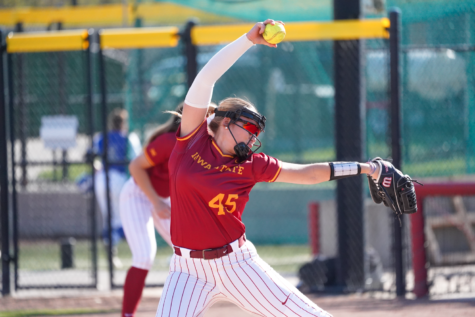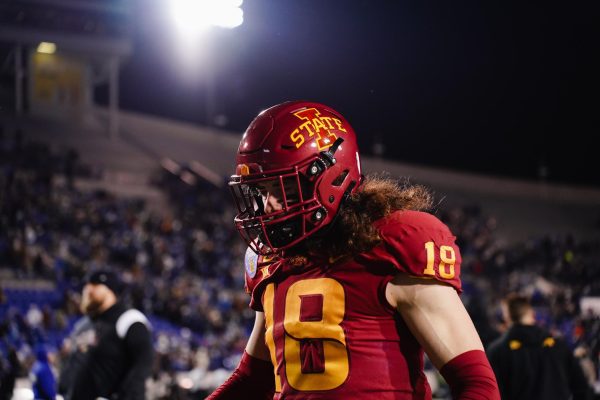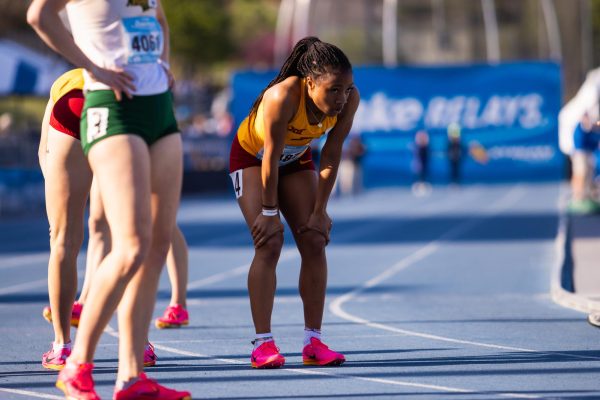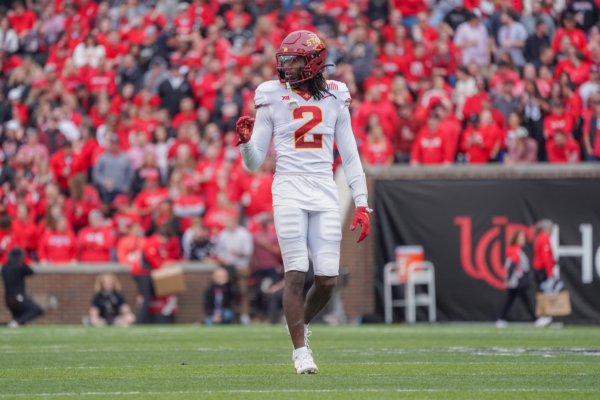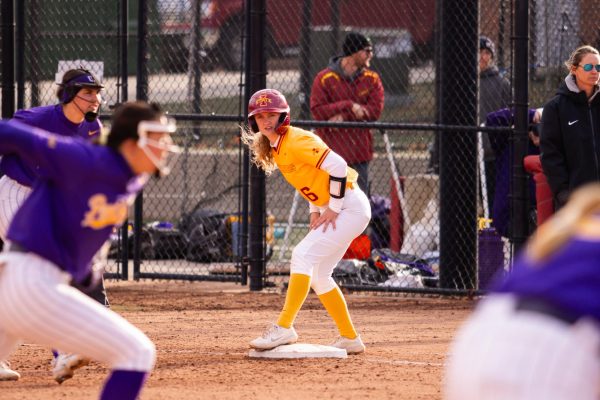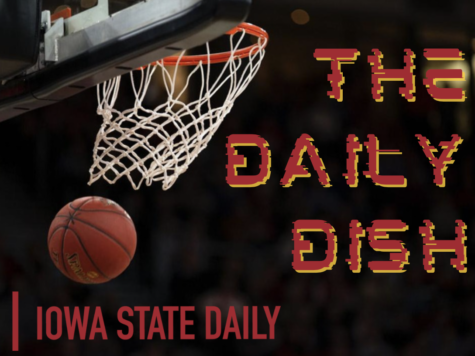Learning to love those NASCAR lugheads
February 22, 2002
For me, Dale Earnhardt Jr. changed things. He won a NASCAR race on the track his daddy died on four months and 19 days previous – one coat of paint covering the black marks on turn four, the residue left from his daddy’s death.
And Jr.’s pain – after reading the follow-up stories – was much like those black marks – scarcely hidden.
It’s either courage or craziness that put him out there last July.
And it’s either one or the other or both that kept him there just like everyone else on NASCAR.
As Sports Illustrated reported last year, in 1997, after his car flipped, Earnhardt Sr. saw it still had all four wheels as he was being lifted into the ambulance.
He got back in the race.
Fourteen months after Ernie Irvan nearly killed himself on the track, he was wearing an eye patch and racing.
One week after Sterling Marlin suffered third-degree burns, he spent his Sunday driving 190 miles per hour.
I never paid attention to these swashbucklers.
I hated NASCAR.
But right here, right now, let’s stuff it away.
Let’s stuff away all the beer-bellied jokes about T-shirt tanned folks and hair that meets the spine.
Let’s stuff away all the magazine pictures of women at races in Confederate flag bikini tops, because of course bigotry exists in a sport where a prominent black person has yet to.
And besides, who’s to say bigotry won’t when a black athlete does?
(These NASCAR drivers seem like decent fellas anyway. Quick, name the last NASCAR driver to fail a drug test. Name the last one to beat his wife.)
And let’s stuff away the detestable hillbilly accents and the Winston smokes and Natural Light drinks.
Let’s stuff it all, all of it, under the hood of the corporate sponsor.
Now let’s talk about NASCAR:
1) I’ve heard the stories of amateurs riding shotgun at 130, 140 miles per hour in one of these 600 horsepower devils.
I guess your sphincter has as much control as Rasheed Wallace has over his temper.
Now drive a highway speed limit faster. That’s NASCAR speed.
2) You’re on a track with 43 other road-raged drivers, some of whom are more pissed off than Larry Eustachy after a pulled tooth and a bad call.
3) You’re with these people for 500 miles.
Or from here to Kansas City.
And back.
And Des Moines and back.
Sunday I gave NASCAR a try.
I mean, jeez, there must be something about it to cram 170,000 people into bleachers in Daytona to watch.
I wish I were there rather than watching it here.
The overhead shots that television applies don’t justify NASCAR at all.
But Sunday, when they’d get the angle from the track, cars would grow larger in the screen and already they’d be gone, leaving behind the high whine of the motors.
And always, the camera would shake from the sound.
And when the camera would stabilize itself and move to the back-side of one car, staring at the front of another, fans and stands flew by like a video set in fast motion.
And maybe it was the beer – Busch Light, now that’s a NASCAR drink – or the company around me, but I soon found myself falling into the colloquialisms of the South.
And I liked it.
“Yeah,” I felt like saying, “they racin’ today.”
Or “Me? Shoot, I’m rootin’ for Jr.”
Or “Yeah, I seen Tony Stewart’s out already. That good ol’ boy sure as hell don’t know when to lay off.”
And as the race progressed, I worried not at all about the ubiquity of NASCAR’s commercialization, given my leniency for such things in the current athletic world.
After all, how many Nike swooshes does Tiger’s Sunday best promote now?
However, watching the encore presentation Monday, I felt differently.
The endless sponsorship seemed annoying at best.
The hillbilly commentators sounded like, well, hillbilly commentators.
The speed, which a day before had enthralled me, now put me to sleep – the incessant drone of the motors taking the place of a strategically placed fan on a raining afternoon.
I guess I’ve returned to my old ways.
Sort of.
No, I don’t think I’ll watch another race this year.
But I’ll understand the people who do.
Paul Kix is a junior in journalism and mass communications from Hubbard. He is the sports senior reporter for the Daily.








